
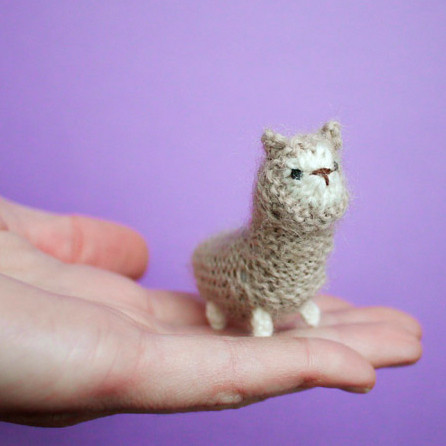
Photography by: Anna Hrachovec
First, a little history behind the making: Amigurumi is the crocheting (or sometimes, knitting) of miniature figures. The word itself is derived from the Japanese words “ami,” meaning to knit or crochet, and “nuigurumi,” meaning stuffed doll.
The making of these miniatures became especially relevant in post-World War II Japan, a time that spurred a cultural affinity with cuteness –- “kawaii” –- and mass-marketable icons like Hello Kitty. People oohed and ahhed over the merchandise. These dolls and anthropomorphic creatures appealed with their cartoonish oversized heads, googly eyes, big smiles, and bright colors. This small subculture experienced a boom, and suddenly knitting was no longer just a technique to make garments of practicality — it could create fun!
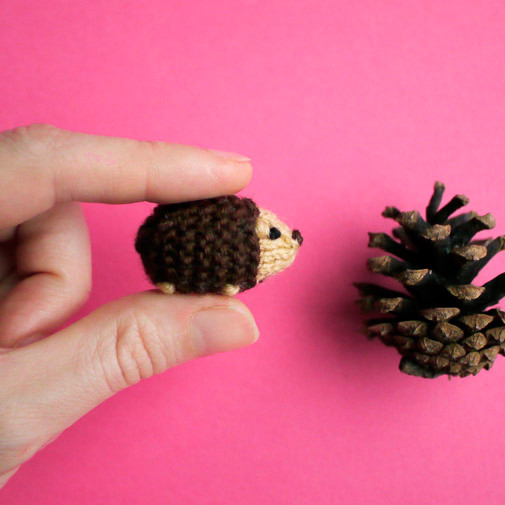
Photography by: Anna Hrachovec
What was once a little-known art form became a widespread passion for the tight-knit community of makers around the world and now online. Since 2005, online interest has been steadily growing. Through the Internet, makers buy, sell, and exchange ideas for new patterns. They reimagine the world through their crocheted creations, taking subject matter from fictional characters and celebrities in pop culture alike. In handmade craft markets, they’re hot-ticket items and sell for prices ranging anywhere from a few dollars to upwards of $100.
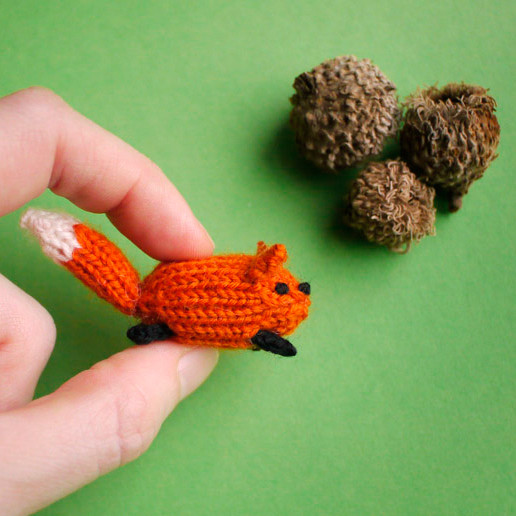
Photography by: Anna Hrachovec
Anna Hrachovec of Mochimochi Land has built her business on designing patterns for amigurumi. As an avid knitter, she was tired of knitting the same handmade gifts for her friends and family.
For Hrachovec, inspiration first struck through bringing life to her knits: “Our [work] logo (designed by one of my coworkers) was an abstract design that looked a little like a creature, so I made it in knitted form and gave it eyes, and these became gifts to my coworkers,” she explains. “I had always loved stuffed animals, and when I embroidered eyes on my creatures and realized I could knit something soft that looked back at me, I was in love.”
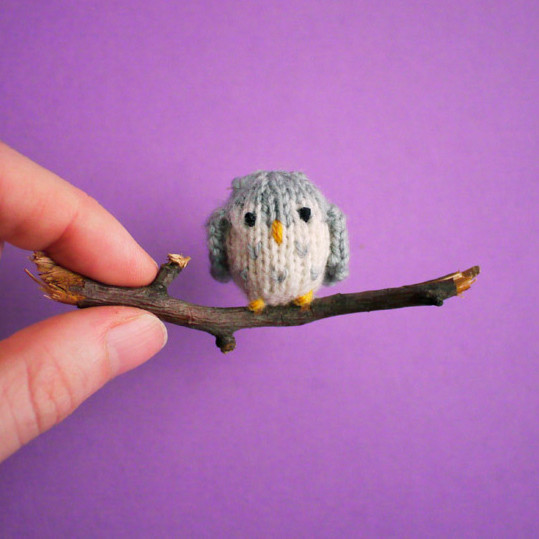
Photography by: Anna Hrachovec
This creative moment became the catalyst for her business. She has since garnered a following with character-based knitted art; written five books, including one that comes out this summer titled “Adventures in Mochimochi Land: Tall Tales from a Tiny Knitted World”, as well as had her work showcased on television shows and publications.
“There are so many things I love about knitting toys, but one of the coolest things is how there is an almost infinite amount of possibilities when you’re working with stitches,” she says. “You can incorporate all kinds of different knitting techniques to solve design problems, and you can pose knitted toys and stitch them together in interesting ways.”
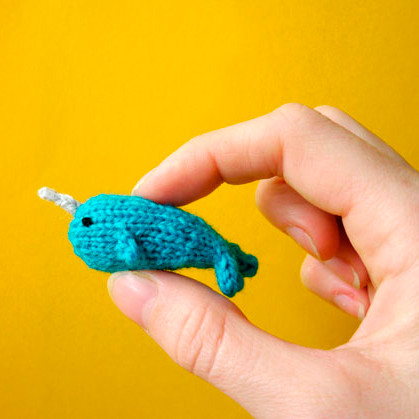
Photography by: Anna Hrachovec
When it comes down to it, each toy is unique and will require a different combination of stitches. But what are some good-to-know techniques to keep up your sleeve?
“Knitting in the round on double-pointed needles or with a circular needle with the magic loop technique is essential to most toy knitting,” Hrachovec says, “both of these skills take some practice but are pretty basic concepts.” She suggests I-cord (for skinny pieces), picking up stitches (for construction), and mattress stitch (for attaching pieces together) as other helpful skills to learn.
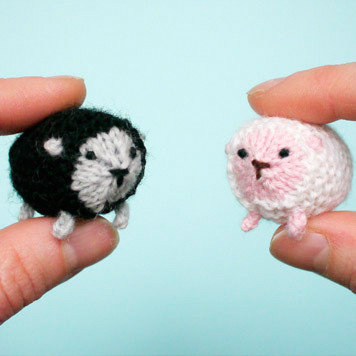
Photography by: Anna Hrachovec
The appeal of amigurumi is universal. “I see all ages and genders knitting toys, which makes me so happy,” Hrachovec says. “I think more and more, people who like to make things are opening their minds to making something with humor that exists just to be cute and delightful. And more than customizing a knitwear design for a recipient, knitting a toy for someone (and perhaps modifying the design to make it look like them, or their pet, or their favorite supreme court justice) makes for a one-of-a-kind gesture that can contain profound meaning for both parties.”
SOURCE:http://www.marthastewart.com/1113148/amigurumi-crochet-craze-has-everyone-hooked